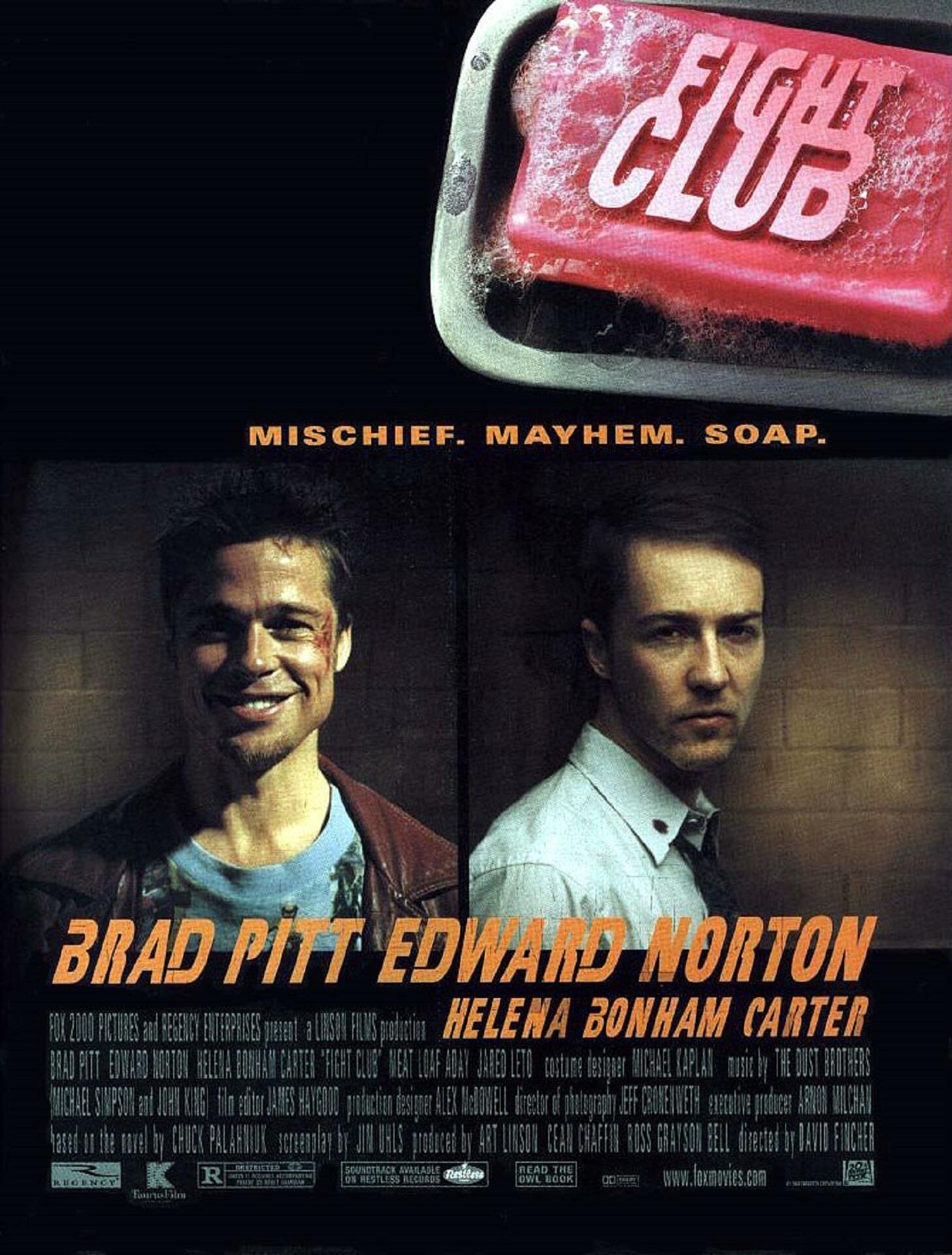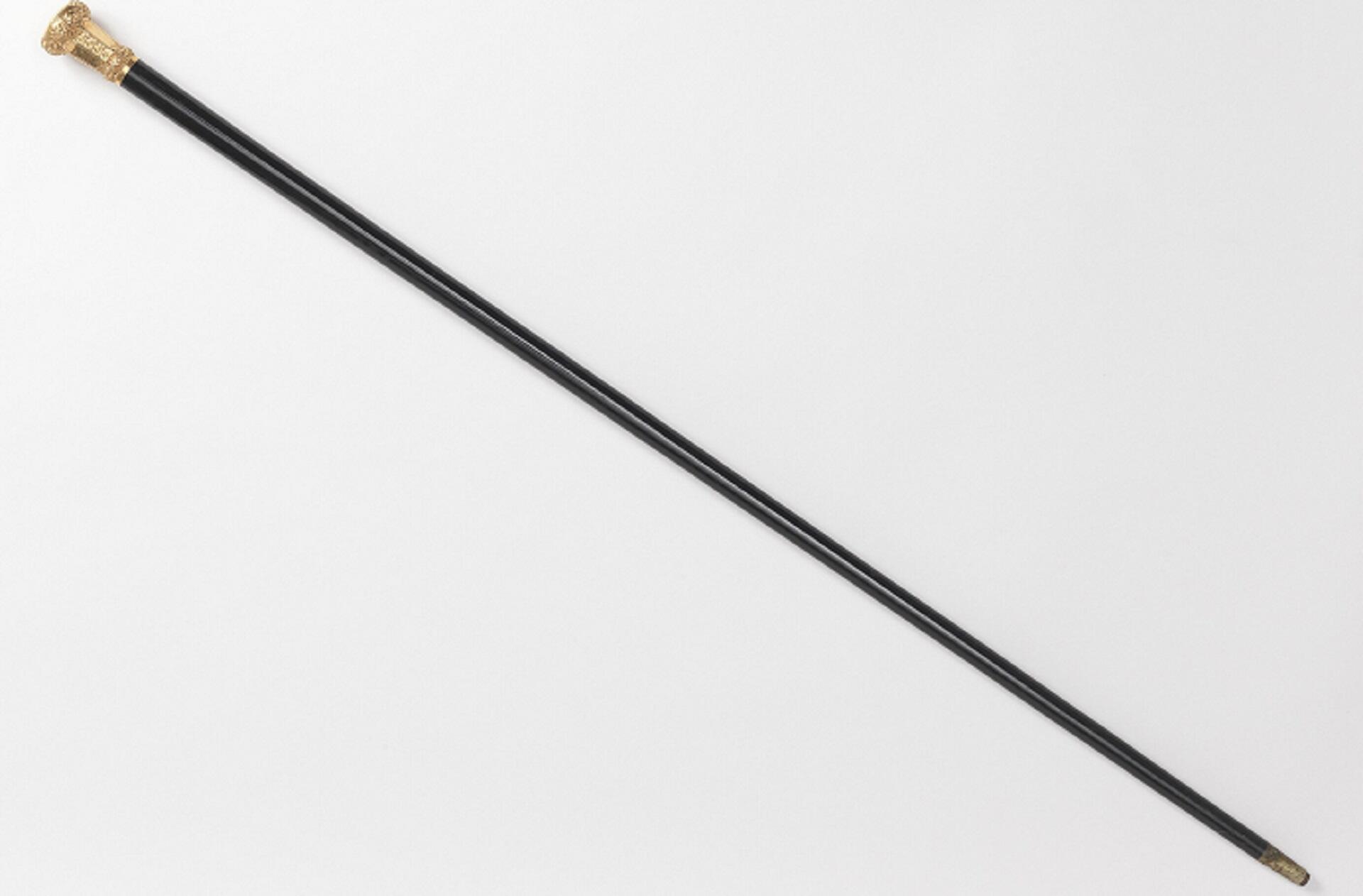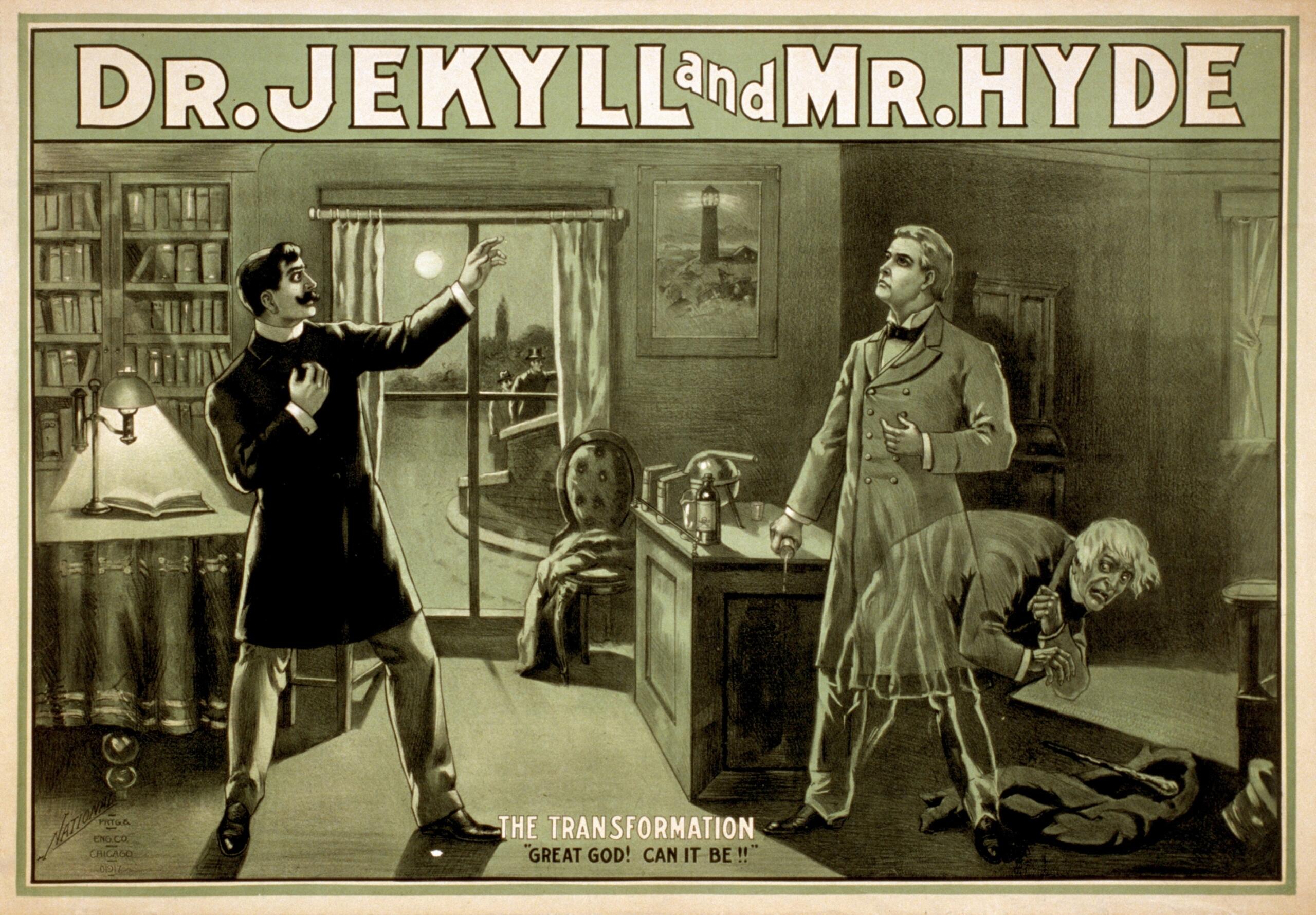Few stories are as genteel, yet as terrifying, as Robert Lewis Stevenson's work. The Strange Case of Dr Jekyll and Mr Hyde is, on the surface, totally conventional: a good doctor conducting experiments. But it holds a mirror to the reader's eyes, inviting them to confront their own dark impulses. This Jekyll and Hyde analysis explores this story's themes, symbols, and narrative structures to expose the monster within us all.
Key Takeaways
- The author deliberately set Jekyll-Hyde's dual nature as a struggle between the epitome of a cultivated man - a doctor, and an abysmal dreg of society.
- Hyde's monstrosity further contrasts with genteel Victorian sensibilities, making this tale yet more dramatic.
- The author relies heavily on symbolism to set up barriers between the respectable doctor and his vile alter ego.
- Casting one's socially unacceptable traits as a monster creates a self-soothing separation between one's social face and private self.
- The author uses Jekyll's psychological struggles to highlight the importance of social status in Victorian times.

Summarising the Dual Nature of Jekyll and Hyde
The story opens with two socially respectable men strolling along a London street next to a bustling quarter. In front of an unkempt house, Mr Enfield tells his companion about an evil-looking man he saw. That monster was trampling a young girl over a minor social gaffe. That shocking overture establishes several facts:
Belatedly, we meet Dr Jekyll. By then, we accept that he must be a gentleman who belongs in refined circles. The author presents his protagonist as a thoughtful, socially conscious character; we get no hint of his dark secret until much later.
Like any addict, Jekyll insists he can control his monster. That insistence suggests that, initially, he sees Hyde as a creature separate from himself. However, we know from the opening scene that that's not the case.
Lawyer Utterson suspects Hyde of having some unsavoury hold over Dr Jekyll, thanks to the cheque. The doctor dismisses the allegation, telling Utterson to drop the matter.
As the story gets underway, the doctor seems to want to maintain his good standing. It's only later that we discover Jekyll's moral struggle, and how he then succumbs to his monstrous desires.
Gothic vampires like Dracula had an easier time representing their dual natures. Unlike the good doctor, Dracula neither had illusions of goodness, nor maintained such illusions. By contrast, Dr Jekyll insisted to himself that his experiments were strictly scientific in nature: a striving to understand. Ironically, he debased himself and any scientific enquiry as he indulged his monster ever more frequently, and finally embraced it.
Jekyll and Hyde Analysis: Monstrosity as a Psychological Struggle?
Do you like superhero films - have you seen The Incredible Hulk? What about live-action movies: perhaps the League of Extraordinary Gentlemen? For anime fans now: anyone for Fullmetal Alchemist?

Stories such as those - and, of course, the cult favourite Fight Club - are all retellings of Dr Jekyll and Mr Hyde. The 'monstrous' selves in those tales are substantially cleaned up; their evil machinations end up serving humanity and the 'virtuous' self.
All these and other such stories have their roots in our Victorian-era novella. However, they stop short of indulging in the pleasure, satisfaction, and craving of committing evil. In that sense, we might say that Robert Louis Stevenson was more honest about the duality of human nature.
Or, at least, more willing to expose it.
Indeed, he did. His scientific approach to separating his monster from himself ultimately felt like a denial of his true self.
One might argue that Dr Jekyll knew all along about his dark impulses and was ashamed of them. Or disgusted by them. Or fascinated by them and attracted to them. Perhaps he craved his monstrous expressions from the outset, and set about creating his serum to coax Mr Hyde to the fore.
The author makes it clear his character wanted to indulge his "undignified" pleasures while keeping his social status and reputation intact. However, he doesn't admit that until roughly halfway through the story. Leading up to that admission, the psychological struggle this character endures revolves around how much surrender to his base instincts he's willing to concede.
The reader is left to wonder whether Jekyll resisted Hyde due to convention and his social position, or whether Hyde truly repulsed him at first.
Like all of literature's most famous vampires, Jekyll wanted-needed to obey his basest instincts. The tension between social expectations, his own position within society, and the craving to be his true self broke him, in the end.

Themes in Dr Jekyll and Mr Hyde: the Embodiment of Evil
It's tempting to think of this story as a cautionary tale, one that advises readers to keep their baser instincts in check. However, Dr Jekyll and Mr Hyde have far more to tell us across these key themes.
| 📖Theme | 🤔How it's expressed | ❓Questions to ask |
|---|---|---|
| Man's duality | Jekyll says: “Man is not truly one, but truly two.” The Jekyll-Hyde contrast represents humans' dual nature. | Is this natural duality always so extreme? Why did the author choose to go to extremes to represent this duality? |
| Gender roles | Early in the story, the girl causes a stir, which leads people to come to her aid. Later, a female who saw the Carew murder faints, leaving her nothing to contribute to the investigation. | Victorian women were supposedly weak, passive, and submissive. Was that actually true? |
| Religion | God and the devil are prominent fixtures throughout as the characters discuss religious works. Hyde defaces a religious work as a sign of his evil. Charity is a running theme throughout the story. | Do religious discussions in this story help drive the plot, or are they a reflection of the Victorian era? |
| Good versus evil | The doctor is 'good'; the monster is 'evil'. Affluent streets are 'good'; mean houses are 'evil'. | Why is good versus evil such a prevalent and pervasive comparison? |
| Society and reputation | Dr Jekyll works hard to conform to society's norms and keep up appearances to preserve his reputation. Even the buildings' descriptions reflect their inhabitants. | Do we do the same today, with our clothes, cars, and homes? |
| Loyalty and friendship | Utterson displays profound loyalty - not just towards Dr Jekyll, but to all his clients, and to social norms. He wants to uncover what's plaguing the doctor as a measure of friendship. | Do loyalty and friendship mean trying to make your friends conform? |
| Repression | Victorian sensibilities insisted on every emotion, action, and appetite must be suppressed. | Was the author expressing his frustration with genteel Victorian norms? |
| Lies and deceit | Secrecy and deception drive the story. Jekyll lies and deceives everyone so he can continue his Hyde existence. | Which other characters lied? |
| Curiosity | All of the main characters seek knowledge, and they all find the answers they seek, in the end. | Did Mr Utterson's curiosity become your own? |
| Science and reason | These are at the root of the tension between Drs Lanyon and Jekyll. | What prompted Jekyll to take a more supernatural position? |
| Violence | The story's two violent crimes are committed against helpless victims: a child and and old man. They both revolve around Mr Hyde. | Why no equal victims - someone of Hyde's strength and size? Are refined people incapable of violence? |
Without a doubt, Mr Hyde is one of English literature's most iconic monsters. Not the least thanks to the contrast between the suave, urbane doctor and the malignant personality he conceals. The monster he grows increasingly delighted to unleash.
Jekyll and Hyde Symbolism in The Victorian Context
From the start of the tale, the author loads our imagination with symbols. We have refined gentlemen walking past an ugly house, just outside 'acceptable' London. Then, there's the horror of a child being trampled in a doorway.
The idiom 'safe as houses' reflected the Victorian era's love of safe, stable dwellings.
During the Victorian period, homes were treated to decorative and functional upgrades. Granted, the ever-popular green wallpaper was laced with arsenic and the houses themselves were filled with danger.
Still, the author emphasises that the house before which he witnessed the tragedy was 'the unkempt house'. As though such a thing could never happen in front of a well-kept home. Throughout the tale, houses and specific home features become symbols of Jekyll-Hyde's intent.

Doors and Windows
In Victorian Britain, doors and windows represented safety and security. One could bar a door to keep intruders out, and close windows against harsh winter winds.
As lawyer Utterson gets closer to discovering Dr Jekyll's secret, we find the doctor slamming a window shut on the lawyer's words. The finality of that act - literally shuttering Jekyll from conversation - shocks and disturbs the lawyer.
Throughout the text, the author uses doors, windows and other home features to symbolise Jekyll's disconnect from polite society. His laboratory, in particular, signals the separation between the gentleman doctor and the work he put into becoming the monster.

The Broken Walking Stick
Going about with a fine walking cane suggests he who does so has no burdens to carry. Being unburdened, in Victorian times, meant that such a person was reasonably wealthy. They were assured of their position in society; they were people who could afford status symbols.
The author leads us to a broken walking stick, the other half of which is found in Hyde's apartment. We now have two symbolic presentations to consider:
The broken stick
- a breaking of trust
- a rejection of status
Found in Hyde's apartment
- social norms mean nothing
- nothing is sacred
In Victorian times and increasingly, today, social acceptance and positioning was/is paramount. That Hyde would have access to this walking stick and break it with no regard for what it represents signals the rejection of all that decent society stood for.
Most Medieval monsters didn't have Victorian niceties to contrast their story against. For that reason, Beowulf's Grendel is a monster of a different stripe: more elemental, but compelling nevertheless.
How Is Duality Presented in Jekyll and Hyde? The Monsters Within
In true horror fashion, Robert Louis Stevenson jars the portraits of normality his words paint with visions of monstrosity. However, those overt displays are not the only way to see duality in this tale.
Did you know that Mary Shelley's monster, Frankenstein, also battled a dual nature? This was best expressed in the contrast between his external appearance and his inner landscape.















